Idea by
Sben Korsh
https://hcommons.org/members/sbenkorsh/
Call for ideas 2021
Hot Protest & High Finance
Hot Protest & High Finance
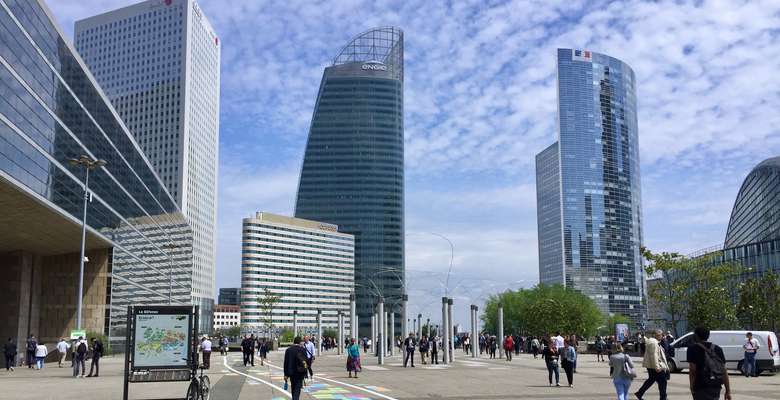
- New alliances
Protestors are targeting the workplaces of global finance. Expressing radical care for people and the planet, environmental activists argue that multinational banks and insurance companies must stop loaning to and underwriting the fossil fuel industries. Chaining their bodies to entrances or carrying elaborate props, participants in recent actions on the doorsteps of financial headquarters use design and media know-how to capture the public conversation.
Hot Protest & High Finance will chart the design of a series of recent direct actions against major financial firms tied to global warming. The first phase of the project will collect photos, videos and reporting of the protests. The second will comprise interviews with activists, architects, urban planners and financial experts. In the third and final phase, a survey will be assembled, which focuses on the spatial practice of climate change dissent emerging in financial districts today.
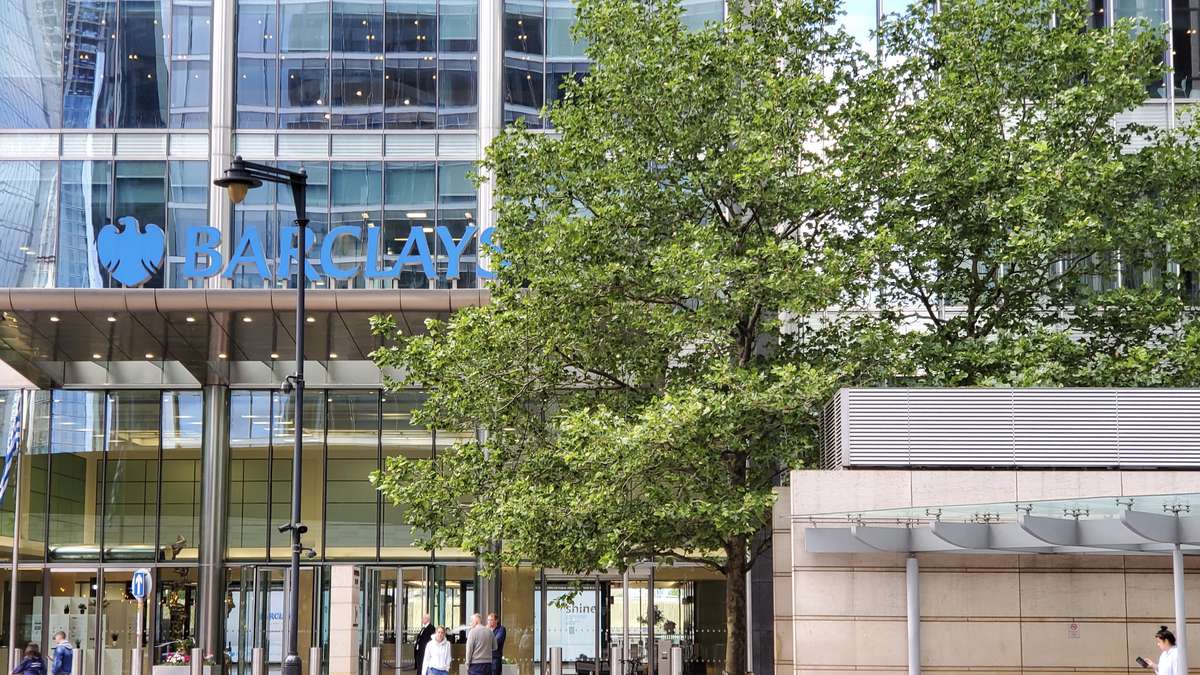
Entrance to the global headquarters of a multinational financial firm, Barclays, in Canary Wharf, London. On an early morning in July 2018, protesters climbed atop the entrance and hung giant fake oil droplets from the awning. They then affixed a plastic wrapping of black waves onto the blue lettering and logo of an eagle—making it appear awash in oil. Photo by the author.

Many international financial firms lease offices around Square de Meeûs in Brussels, including Goldman Sachs, Bank of America, and BlackRock. The European Parliament sits three blocks to the east, while the prominent Finance Tower stands a mile north. In June 2020, activists removed ‘Finance’ from the tower’s sign, declaring they ‘kicked finance out of Brussels'. Several days later, they returned to replace it with letters spelling ‘Resilience’, but were arrested. Photo by the author.
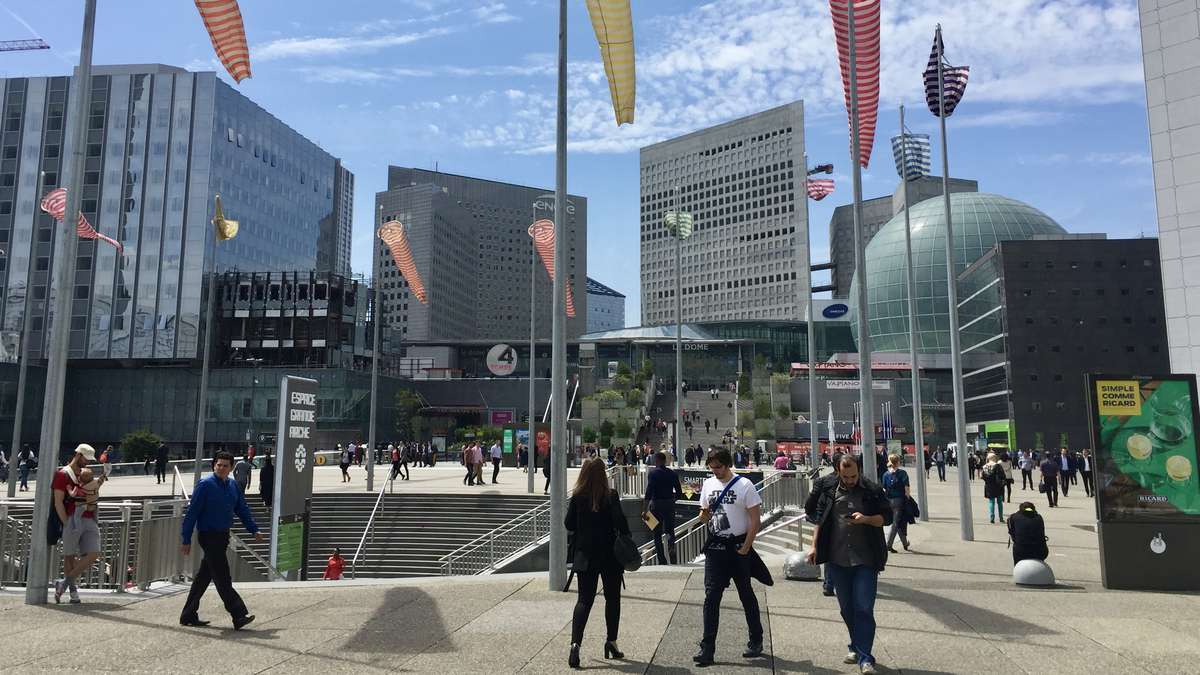
The modern financial district of Paris, La Défense, is outside the city centre—though no less busy during rush hour. The area has often been the target of environmental protests. In October 2020, activists ‘slow marched’ in the plazas between the offices, juxtaposing their pace with that of the financiers hurrying to work. Accompanying this intervention into the everyday routine of the district, one marcher carried a sizable fabric sculpture of Earth on their back. Photo by the author.
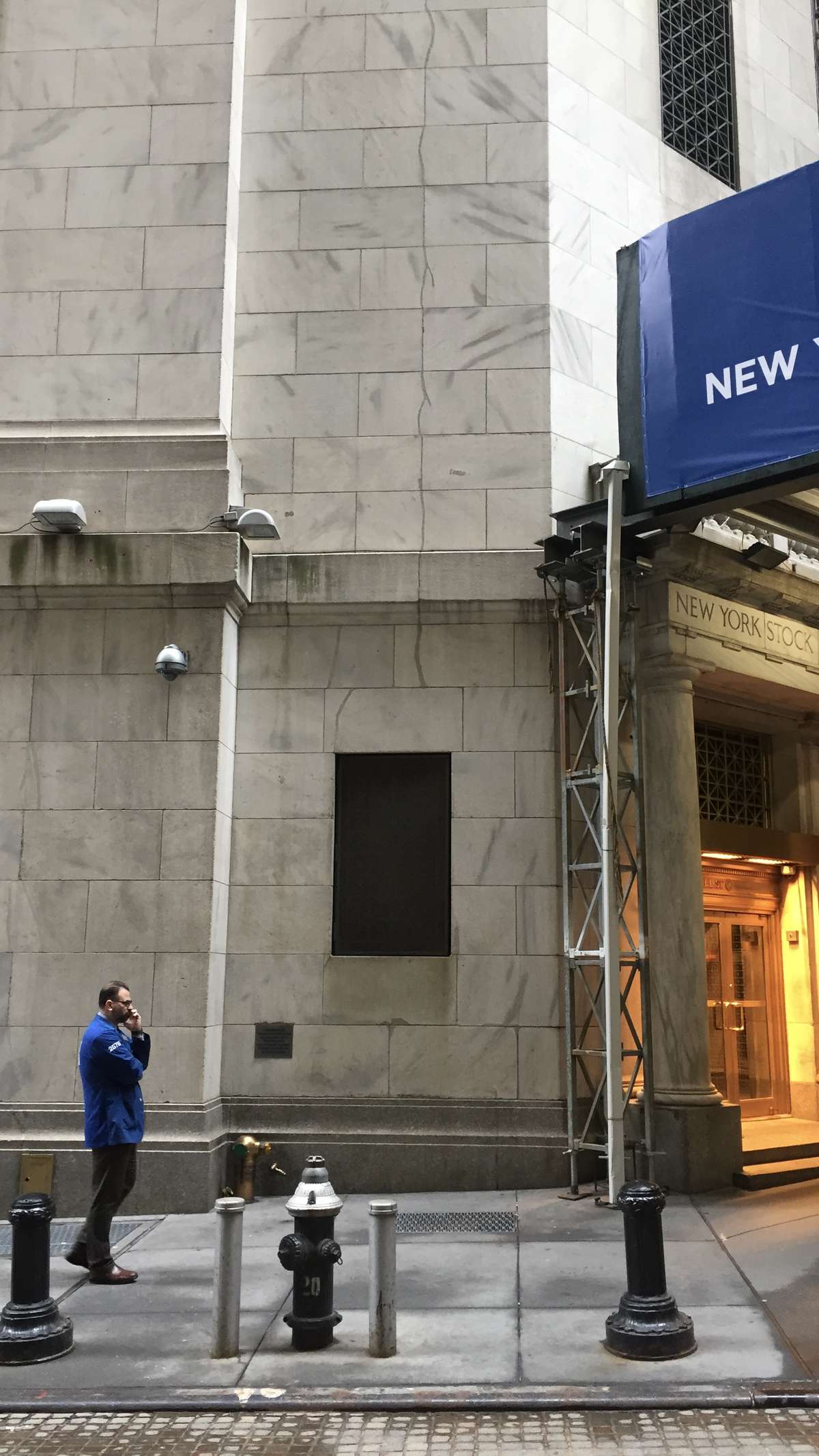
A trader outside the New York Stock Exchange on Wall Street in New York. Nearby stands the famous 3-ton bronze Charging Bull—an altar for the metaphor of the rising ‘bull market'. In October 2019, protestors poured fake blood over themselves and the sculpture. Surrounding it, they laid down for a ‘die-in', with cardboard tombstones declaring different deaths due to climate change, such as heatwaves and ‘war due to climate chaos'. Photo by the author.
Hot Protest & High Finance
Hot Protest & High Finance

- New alliances
Protestors are targeting the workplaces of global finance. Expressing radical care for people and the planet, environmental activists argue that multinational banks and insurance companies must stop loaning to and underwriting the fossil fuel industries. Chaining their bodies to entrances or carrying elaborate props, participants in recent actions on the doorsteps of financial headquarters use design and media know-how to capture the public conversation.
Hot Protest & High Finance will chart the design of a series of recent direct actions against major financial firms tied to global warming. The first phase of the project will collect photos, videos and reporting of the protests. The second will comprise interviews with activists, architects, urban planners and financial experts. In the third and final phase, a survey will be assembled, which focuses on the spatial practice of climate change dissent emerging in financial districts today.
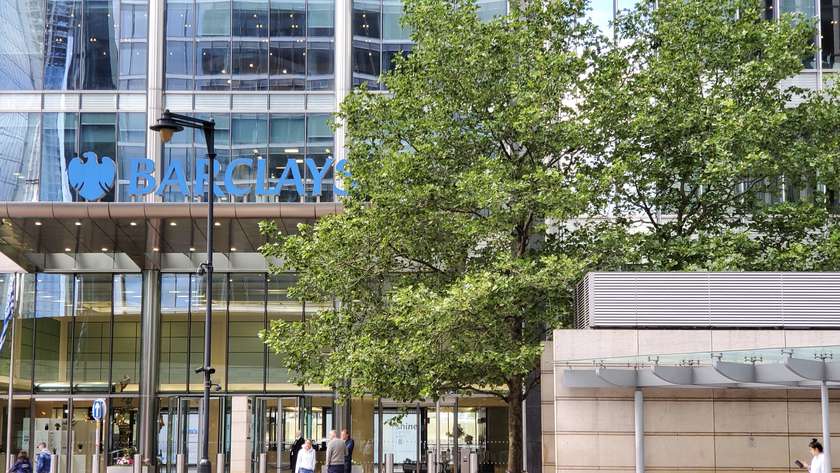
Entrance to the global headquarters of a multinational financial firm, Barclays, in Canary Wharf, London. On an early morning in July 2018, protesters climbed atop the entrance and hung giant fake oil droplets from the awning. They then affixed a plastic wrapping of black waves onto the blue lettering and logo of an eagle—making it appear awash in oil. Photo by the author.
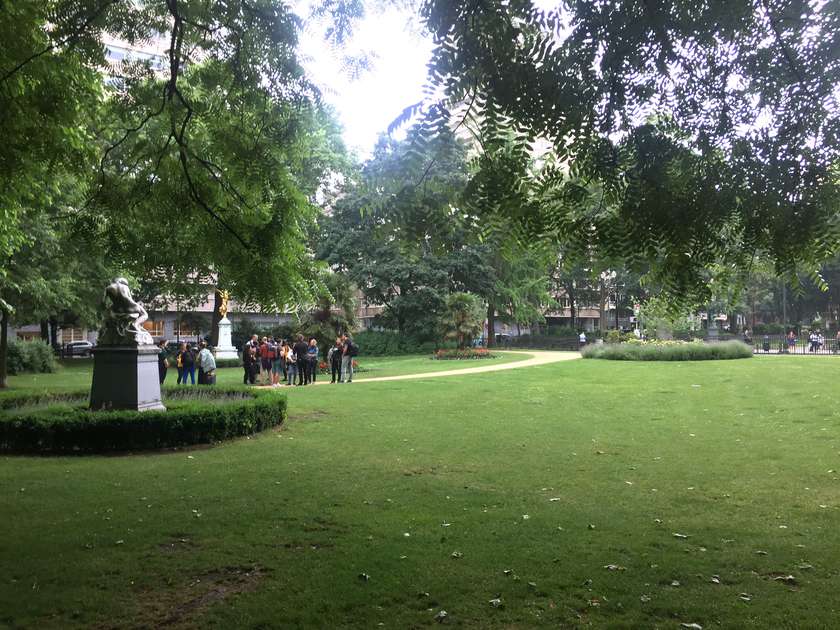
Many international financial firms lease offices around Square de Meeûs in Brussels, including Goldman Sachs, Bank of America, and BlackRock. The European Parliament sits three blocks to the east, while the prominent Finance Tower stands a mile north. In June 2020, activists removed ‘Finance’ from the tower’s sign, declaring they ‘kicked finance out of Brussels'. Several days later, they returned to replace it with letters spelling ‘Resilience’, but were arrested. Photo by the author.
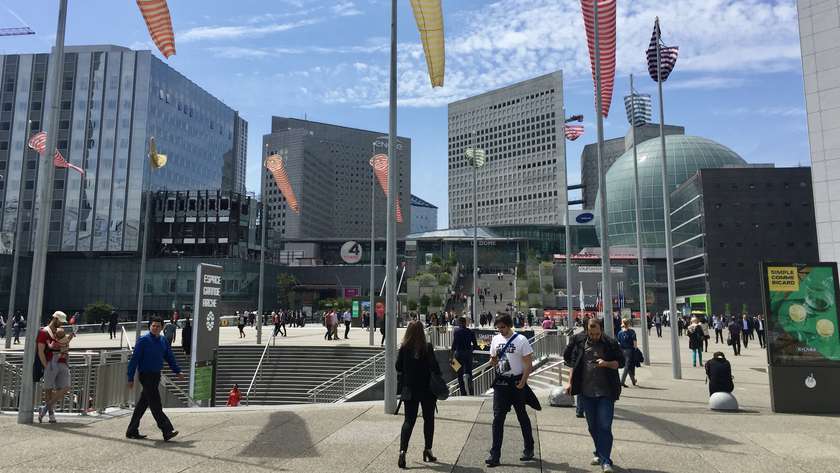
The modern financial district of Paris, La Défense, is outside the city centre—though no less busy during rush hour. The area has often been the target of environmental protests. In October 2020, activists ‘slow marched’ in the plazas between the offices, juxtaposing their pace with that of the financiers hurrying to work. Accompanying this intervention into the everyday routine of the district, one marcher carried a sizable fabric sculpture of Earth on their back. Photo by the author.
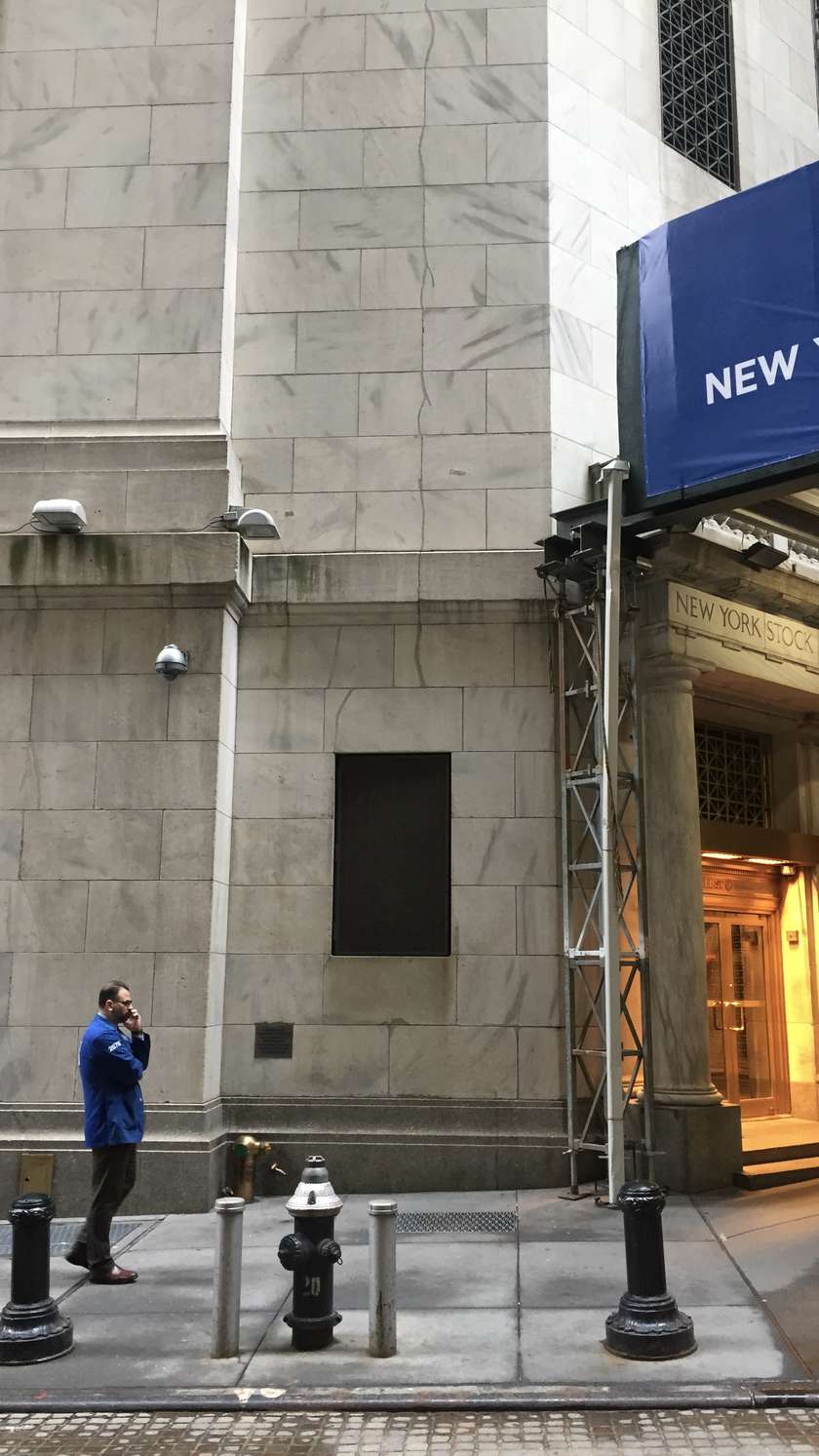
A trader outside the New York Stock Exchange on Wall Street in New York. Nearby stands the famous 3-ton bronze Charging Bull—an altar for the metaphor of the rising ‘bull market'. In October 2019, protestors poured fake blood over themselves and the sculpture. Surrounding it, they laid down for a ‘die-in', with cardboard tombstones declaring different deaths due to climate change, such as heatwaves and ‘war due to climate chaos'. Photo by the author.